#Self-drivingCars
Don't Expect a Landmark Court Case From the Uber Self-driving Car Death
It had all the hallmarks of a groundbreaking case, one that might define the hazy legal boundaries that exist at the dawn of the autonomous vehicle age. Instead, a settlement.
The death, earlier this month, of 49-year-old Elaine Herzberg at the self-guided hands of an Volvo XC90 operated by Uber Technologies Inc. in a Phoenix suburb immediately sparked questions of who was at fault. The company operating the pilot project? The automaker that supplied the vehicle for conversion to autonomous drive? The suppliers of the sensors and software needed to turn the SUV into a robot? Road and light conditions? The pedestrian? Or, perhaps, the human occupant whose eyes weren’t on the road prior to impact?
Questions still swirl around why the Uber vehicle’s sensors didn’t recognize the woman crossing a darkened highway with her bicycle, but we won’t hear them answered in a courtroom.
GM Claims It Will Start Manufacturing Autonomous Cars Next Year
General Motors has announced it will begin manufacturing autonomous vehicles by 2019. Since purchasing Cruise Automation in 2016, GM has invested heavily into self-driving cars. However, its Chevrolet Bolt-based Cruise AV has only served as a testbed for the technology. That will change next year when the Orion Township assembly plant in Michigan starts building examples for commercial use.
If so, that would make General Motors the first company to sell an autonomous vehicle. However, it’s not entirely clear if that’s the ultimate goal. Thus far, GM has only said the autos will enter into a “ride-sharing environment” where the vehicles can be managed in a fleet — perhaps something akin to Uber.
Obviously, the analogy is as accurate as it is unfortunate. Uber recently suspended autonomous testing after one of its vehicles fatally struck a pedestrian earlier this week. While GM’s product planning can hardly be faulted for the goings-on at another company, the collision could see the general public wonder if production Cruise AVs are ready to take over the road.
Video: Google's Waymo Exhibits the Total Lack of Excitement Inside Driverless Cars
After getting the go-ahead from Arizona, autonomous tech firm Waymo has implemented the first ride-hailing service in the country that doesn’t employ human drivers. One month after securing approval, and with no major incidents to date, the company has begun offering its autonomous taxi service to paying passengers. On Tuesday, Waymo CEO John Krafcik gave a speech at South by Southwest (the indie music festival that evolved into a media and tech bonanza) to showcase how things were getting on.
He said Waymo ditched the Phoenix test drivers and is readying its fleet of driverless Chrysler Pacificas for other parts of the country. The festival was then treated to a short video of passengers yawning. Those yawns are actually trumpets, however, heralding the introduction of autonomous vehicles in North America.
Waymo to Purchase 'Thousands' of Chrysler Pacificas for Self-driving Duty
Waymo, the self-driving division of Google’s parent company Alphabet, just announced it has reached a deal to purchase a buttload of Pacifica minivans from Fiat Chrysler Automobiles. Alright, to be fair, it didn’t actually use the term “buttload.” It said Chrysler would provide “thousands” of units, which will ultimately be outfitted for autonomous driving.
Unfortunately, neither company seems willing to disclose an official count. Waymo currently has around 600 self-driving Pacificas in its fleet, so even an extra thousand vehicles would equate to a multi-million dollar deal and the exponential growth of its autonomous development program.
“With the world’s first fleet of fully self-driving vehicles on the road, we’ve moved from research and development to operations and deployment,” Waymo CEO John Krafcik said in an official statement. “These additional vehicles will help us scale.”
Idiots Need to Understand That Self-driving Cars Aren't Here Yet
With automakers, the Department of Transportation, NHTSA, and Congress all attempting to get self-driving vehicles onto the road as quickly as possible, the autonomous revolution finds itself in a sticky situation. Some motorists are confusing their semi-autonomous technology with an impenetrable safety net. This has resulted in avoidable accidents as drivers assume their high-tech cars can cope with whatever’s thrown at them, and it’s probably going to get worse as more idiots buy them.
We’ve already covered how semi-autonomous features make everyone less-effective behind the wheel and the fatal Tesla Autopilot crash was a story we kept up with for over a year. Investigators ruled that accident was the perfect storm of mishaps, however, there remains a common thread between the two pieces. The driver may have been spared were he not so eager to put his faith into the vehicle’s semi-autonomous system.
On Monday, a Tesla Model S collided with stopped firetruck that was responding to an accident on a freeway in Culver City, California. As you already guessed, the driver told the firefighters that the vehicle was operating in Autopilot mode. While nobody was injured in the crash, it’s another stroke in the ugly portrait of people placing blind trust in a technology they don’t understand. And, boy oh boy, are we just getting started on illustrating this problem.
Senate Fumbles With Self-driving Legislation
Bipartisan legislation to “promote the safe development of autonomous vehicles” is currently being held up by a trio of Democrats, according to U.S. Senate Commerce Committee Chairman John Thune. While much of Congress is hoping to push the AV START Act through, Sen. Dianne Feinstein and two colleagues have blocked unanimous consent — stalling the bill’s swift progress by forcing a floor vote.
Thune, who sponsors Senate Bill 1,885, told reporters he hoped Feinstein and the other Democrats would see the light. “We could save a lot of lives,” Thune said, adding that 94 percent of car crashes are caused by human error. “It is cutting-edge technology, transformational in terms of the economy.”
However, the opposition isn’t convinced autonomous vehicles are at a point where it’s safe to roll them out en masse on public roads.
Atlanta Becomes Next American City to Host Waymo's Autonomous Test Fleet
Waymo, the self-driving unit of Google parent Alphabet, is testing the crap out of its ever-growing fleet of autonomous Chrysler Pacificas. While we know the company has already mapped dozens of North American towns, the majority of its testing takes place around Austin, Detroit, Palo Alto, San Francisco, Seattle, and especially Phoenix.
However, today the company tweeted out that it will add Atlanta, Georgia, to that list. Presently, Arizona is the only region where Waymo routinely operates vehicles without a human behind the wheel. But that’s liable to change as the firm gets more testing under its belt. Atlantans may be leaning out of car windows to snap photos of driverless vans soon enough.
No Pedals, No Wheel: GM Unveils Bolt-based Autonomous Fleet
General Motors has showcased its plan to launch public ride-hailing services by teasing a self-driving vehicle with no manual controls whatsoever. The fleet is said to arrive in 2019, which gives us plenty of time to form an angry mob.
On Thursday, the company announced it had submitted a safety petition to the National Highway Traffic Safety Administration requesting that autonomous Chevrolet Bolts be allowed to operate on public roads without adhering to the Federal Motor Vehicle Safety Standards that pertain to actual driving.
QOTD: What Terrifies You About a Self-driving Future?
The Consumer Electronics Show, now known just as CES, is currently in full swing, with legions of auto journos mingling in ever greater numbers with fawning members of the tech press, eagerly awaiting the latest gadget designed to move the proverbial steering wheel further and further from your hands.
To some, especially self-described urbanists who take startup manufacturer predictions seriously, the words “autonomous” and “self-driving” herald a bright future filled with convenience and relaxation; to others, it’s a portent of a dystopian nanny state where human-driven vehicles have disappeared from the streets, all in the interest of safety and responsibility to your fellow man. A future where there’s ever more limitations on personal autonomy, with private car ownership singled out as a particularly problematic pastime.
You can guess on which side of the fence this author falls.
Nissan, Renault, Mitsubishi Hunting for Robo-taxi Deals With Tech Companies
The alliance consisting of Nissan, Renault, and Mitsubishi Motors is currently searching for partners for a plunge into the robo-taxi business. While chairman Carlos Ghosn claims mobility will never replace traditional ownership, he acknowledges the need to explore other avenues to remain competitive.
“A lot of people think this is substitution. It’s not — it’s addition,” Ghosn said in November. “The traditional business of building cars and selling cars and owning cars is going to continue.”
However, the supplemental businesses aren’t going off half-cocked. Ogi Redzic, Alliance senior vice president, has said he’s personally overseeing about 1,000 employees tasked with developing connectivity services for the automotive group and intends to announce the partners for the new autonomous cab service in the coming months.
Determined to Look Cutting Edge, Toyota's Bringing Its Best Tech to CES
Wanting to remind the world that it’s not as far behind in the race toward autonomy as some have claimed, the Toyota Research Institute intends to bring a Lexus LS 600hL equipped with its 3.0 autonomous research platform to CES next week. Toyota introduced the platform 2.0 last March — the first autonomous testing platform developed entirely by TRI.
Since then, the automaker has focused heavily on machine vision and machine learning, leaning on all the popular sensing equipment currently synonymous with autonomous technologies. As the system was designed specifically to improve over time, version 3.0 uses a Luminar LIDAR system with a 200-meter sensor range that covers a 360-degree perimeter of the vehicle. The testbed Lexus is also equipped with shorter-range sensors, which are placed low on all four sides of the vehicle and are meant to spot low-level and smaller objects.
Time's Up: Tesla Missed the Deadline for Its Nationwide Autonomous Test Drive
While The Truth About Cars has occasionally been accused for having it in for Tesla, the honest-to-god-truth is that we just possess a severe aversion to unbridled hype. Autonomous cars have made a lot of progress in the last few years, but there’s something about the way manufacturers talk about them that makes us want to say, “Interesting, but we’ll believe it when we see it.”
Automakers love making grandiose claims and Tesla Motors’ Elon Musk may be the prince of hyperbolic statements and lofty promises. He should be commended for delivering on many of them. Still, though there have been many occasions where the other shoe dropped and it was our job to report it. We’re having to do that again, now that Tesla has missed its initial deadline to dazzle the world with an autonomous cross-country road trip.
Who's Really to Blame for Robot-Human Crashes? Are We Really Such Awful Drivers?
(In keeping with our promise to share thought-provoking fodder with our readers, we sometimes run articles published by TTAC’s sister sites. This look at recent crashes involving self-driving Chevrolet Bolts, penned by GM Inside News head honcho Michael Accardi, touches on a number of themes we’ve explored in these pages. Are humans really to blame for all of the accidents involving “perfectly safe” autonomous vehicles, or is the real picture not as crystal clear? Read on.)
The autonomous Chevrolet Bolts GM’s self-driving startup has running around San Francisco have been involved in 22 accidents during 2017 – none of which were the software’s fault (legally, that is).
Cruise Automation has been using a fleet of self-driving Chevrolet Bolts to log autonomous miles in an urban environment since GM purchased the company for more than $1 billion in 2016. When you’re trying to disrupt personal transportation as we know it and develop a new technology standard, there are bound to be a few incidents.
But this hybrid model of humans and algorithms sharing the road is more complex than simply apportioning blame based on the law, isn’t it? None of the 22 incidents involving GM’s Cruise fleet were serious, but a majority of them were caused by a fundamental difference in the way autonomous and human drivers react.
Drive Me: Volvo Tweaks Script on Its Autonomous Play
Back in 2015, Volvo Cars reiterated that it would test hundreds of autonomous vehicles in the United Kingdom, Sweden, and China by 2018 as part of its Drive Me project. Using cars equipped with advanced autonomous technology, the initiative hoped to help Volvo understand how customers interact with self-driving cars.
However, the automaker appears to have tweaked that plan in a recent press release. Instead of families helping Volvo test new autonomous vehicles, they’ll help develop them by cruising around in well-equipped XC90s. While we can’t cry foul too loudly, Volvo has used highly suggestive language for the last few years. It previously claimed it would have “death-proof” cars on the road by 2020 and alluded to Drive Me using fully autonomous test vehicles — not commercially available models.
Waymo Engineer Issues Most Infuriating Car-related Tweet We've Ever Read
The internet is a black hole filled with an endless stream of stupid thoughts and bad ideas. While it’s usually best to ignore it, every so often something breaks through the obnoxious drone of social media that is so egregious, you couldn’t possibly turn a blind eye if you wanted to.
We are obligated to present to you a recent tweet from Vahid Kazemi, a software engineer for Google’s self-driving arm Waymo, and describe how it made us feel.





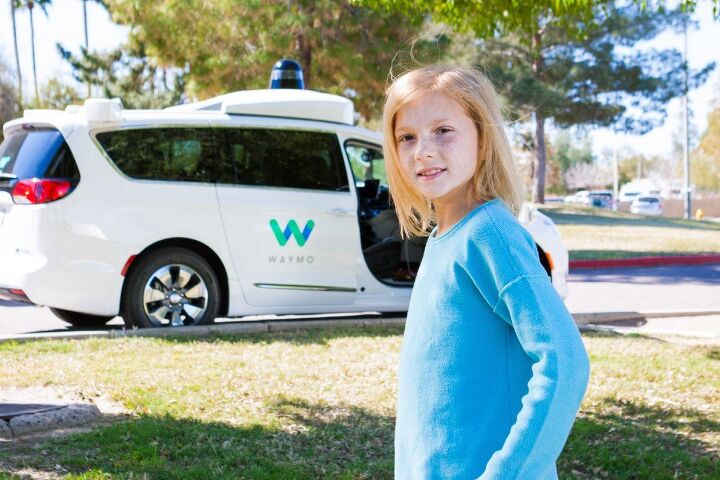
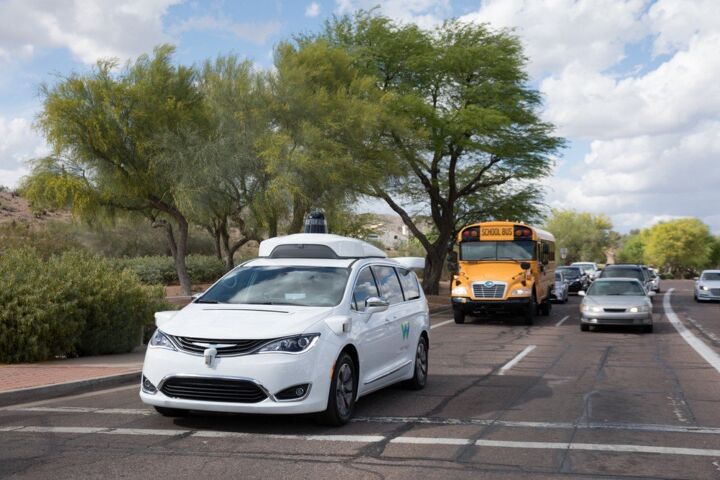
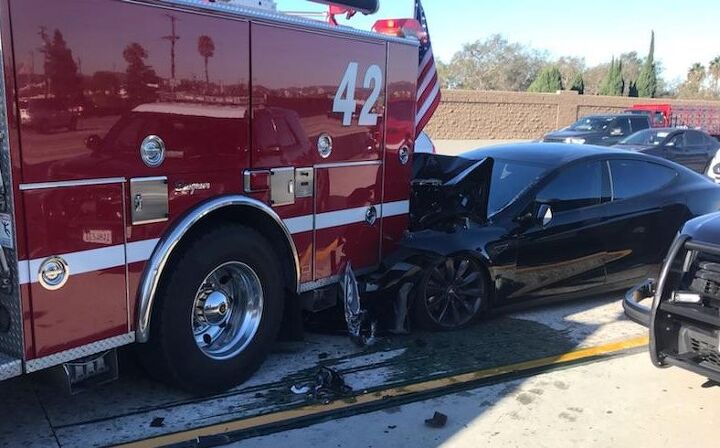

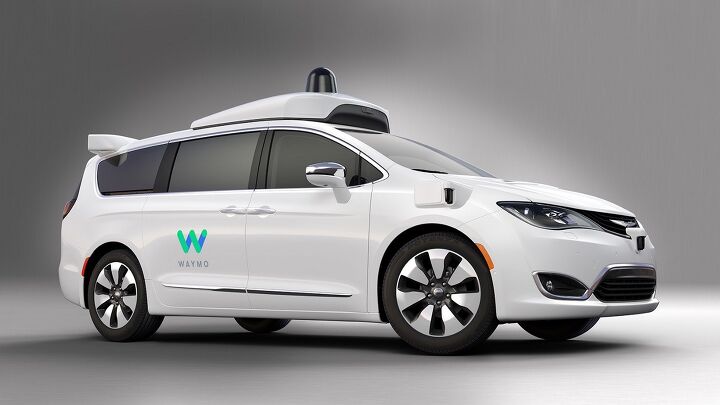


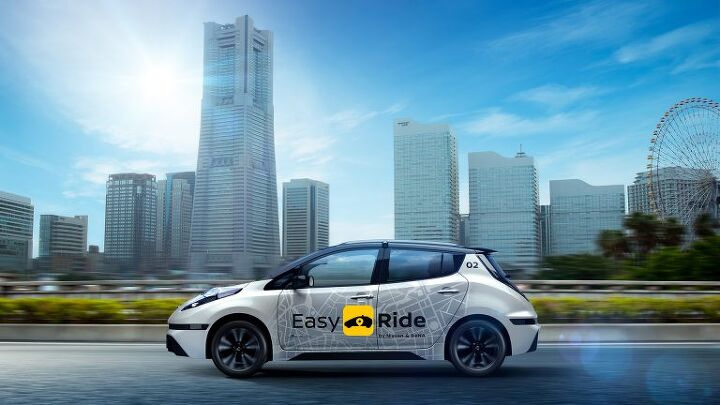
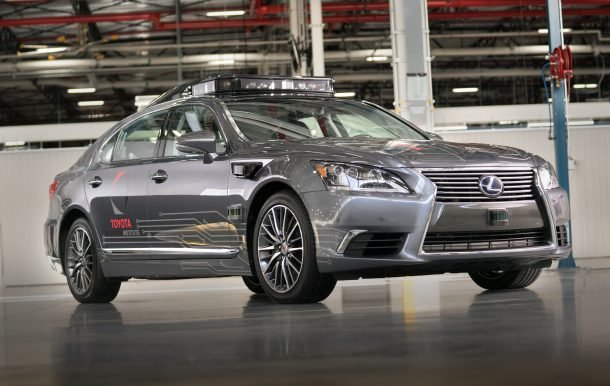



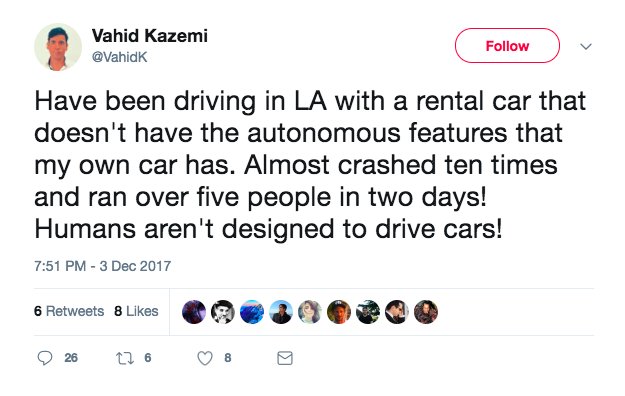












Recent Comments